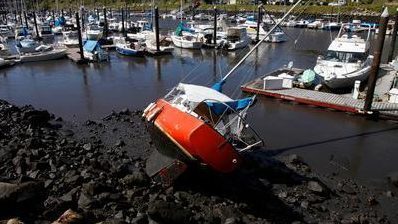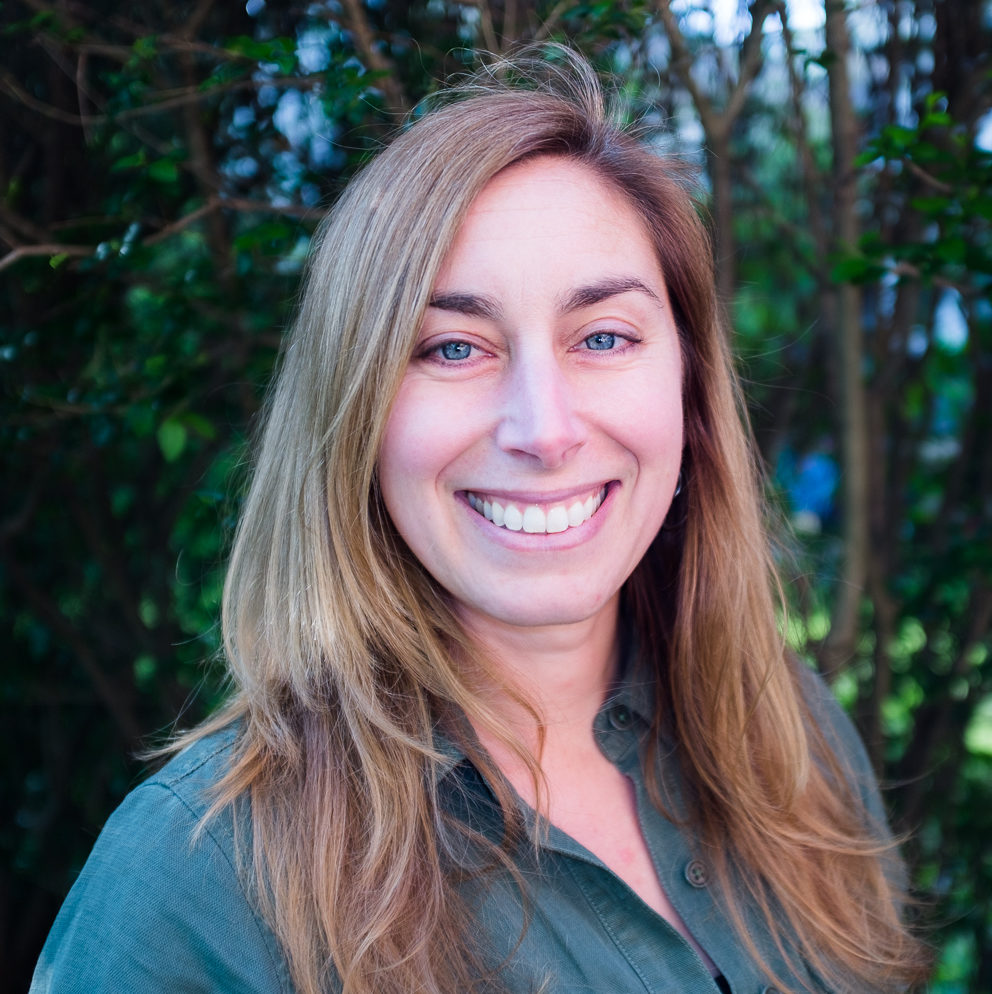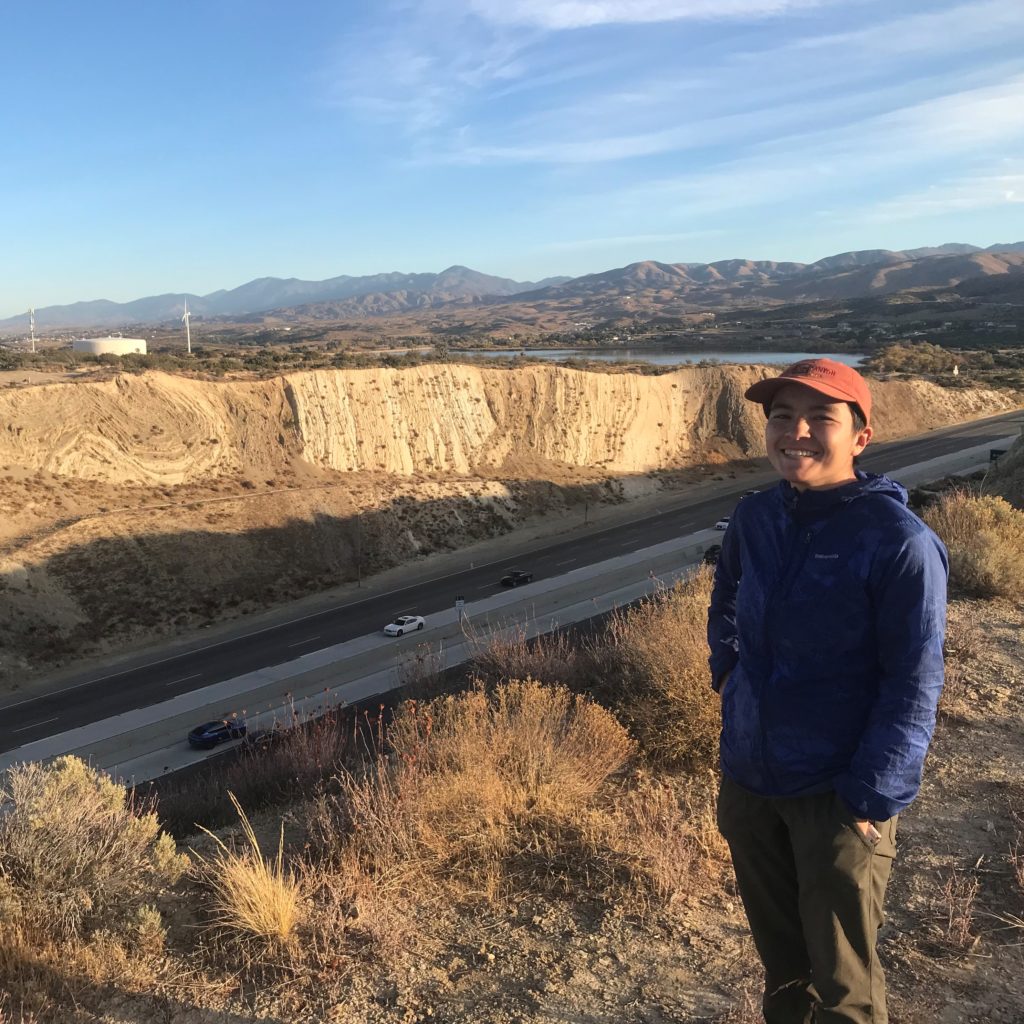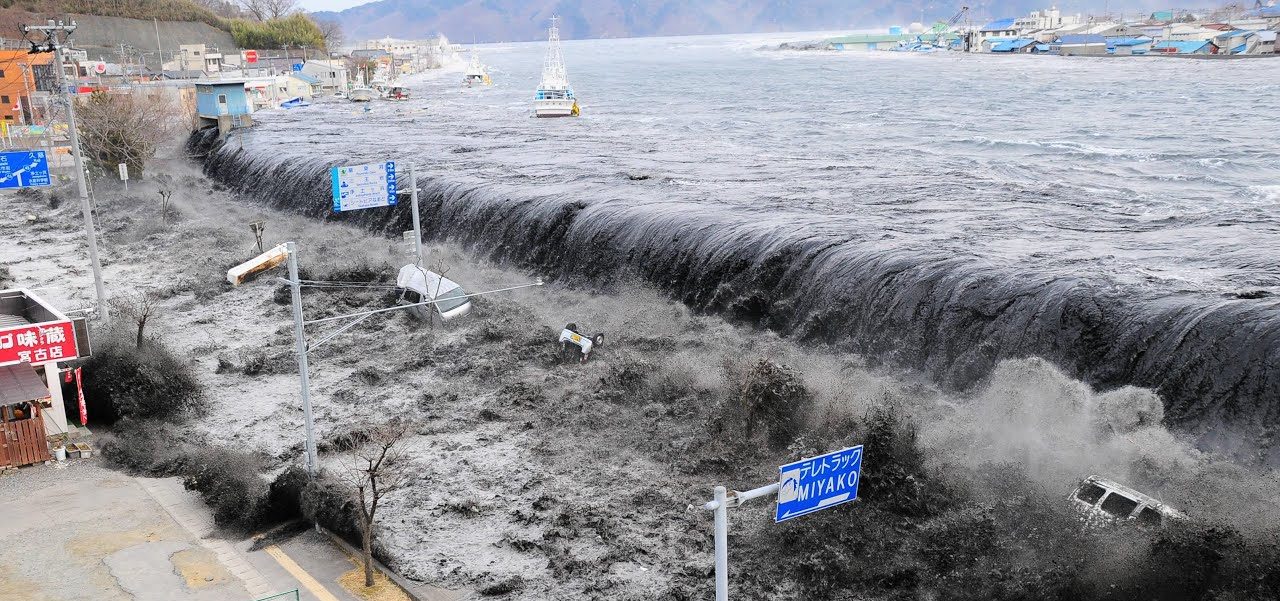
The March 11, 2011 magnitude 9.1 Tohoku-oki earthquake and accompanying tsunami was devastating to Japan and affected regions all around the Pacific Ocean, including here in Santa Cruz.
On the tenth anniversary of the earthquake and tsunami, Heather Savage and Kristina Okamoto of the UC Santa Cruz Seismology Lab discussed how and why the earthquake occurred and the lessons learned by earthquake scientists from this event. We also discussed how Japan has recovered since the earthquake.
About the speakers

Heather Savage | Associate Professor, Department of Earth & Planetary Sciences, UC Santa Cruz
Professor Heather Savage’s research focuses on earthquakes and faults. Using both laboratory experiments and field studies, she works on questions regarding the strength and stability of faults in order to improve our understanding of when and where larger earthquakes occur. She uses rock deformation and friction experiments at pressures and temperatures relevant to the seismogenic zone to study in situ fault conditions where earthquakes start. Heather uses field observations of fault structure, particularly mapping earthquake slip and fault damage zones, to provide windows into the processes that occur during earthquakes, such as heat production and chemical reaction, that affect fault zone mechanics. She has worked in a variety of geologic settings, studying faults in California, Nevada, Oklahoma, Alaska, Wyoming, Japan and New Zealand.

Kristina Okamoto | Graduate Student, Department of Earth & Planetary Sciences, UC Santa Cruz
Kristina Okamoto is a graduate student in the seismology lab at UCSC. Currently, she’s studying an induced earthquake sequence in Prague, Oklahoma in order to analyze the mechanics of earthquakes. She also uses laboratory experiments to explore the physics of friction at conditions relevant to earthquake depths.

